The government has begun to outline the conditions of the new ecological bonus, which will come into effect by the end of 2023.
Recently announced by Emmanuel Macron, the ecological bonus is becoming clearer. During the presentation of the “green industry” bill, Minister of the Economy Bruno Le Maire outlined the main rules. In addition to financial and weight criteria, an environmental criterion will now be taken into account.
During a press conference, Bruno Le Maire stated, “We will exclude vehicles with low environmental performance from the program.” The minister made it very clear by adding that “the bonus will be reserved for vehicles manufactured in Europe.” Thus, the government’s objective is to no longer use public funds to finance the Chinese automotive industry.
According to the government, citing a PFA/Deloitte study, “Chinese vehicles have a manufacturing carbon footprint about 45% higher than that of similar models produced in Europe.” Therefore, the carbon footprint will be considered by evaluating three main criteria.
Firstly, the carbon footprint of the battery and materials used for the vehicle. Secondly, the carbon footprint of the electric mix in the country where the vehicle assembly plant is located. Finally, the recyclability of the car’s components and the use of recycled materials. These three elements will determine an overall score that determines whether the vehicle is eligible for the bonus or not.
Instead of relying on a simple localization criterion (such as Europe), the government has established a complex system that raises concerns among some manufacturers. Indeed, the chosen criteria bring their share of complications. For example, electricity production in Poland, where the Jeep Avenger is produced, emits more greenhouse gases than China.
However, the vehicle’s overall score will be taken into account. A low score in one aspect can be compensated by a good score in another aspect. Let’s take the example of the future R5: it will be manufactured in France, a country where nuclear energy allows for a good carbon balance in terms of energy used. However, its battery will initially come from Asia.
It is also possible for manufacturers of models from China to avoid these restrictions by providing evidence, for example, that they produce locally with green energy. BMW could do this to save the bonus for its future electric Mini, manufactured in China.
According to the press release from the Ministry of the Economy, these new rules will be implemented by decree before the end of 2023.
To remember : The government details the conditions of the new green bonus that will be in force by the end of 2023 The green bonus will be reserved for vehicles manufactured in Europe in order to no longer finance the Chinese automotive industry with public funds An environmental criterion will be taken into account when assessing the carbon footprint of the battery and vehicle materials, the carbon footprint of the country’s electric mix assembly plant and the recyclability of the car components A complex global scoring system will be used, allowing a low score in one criterion to be offset by a good score in another Chinese model manufacturers can avoid restrictions by proving they produce locally with green energy These new rules will be implemented before the end of 2023 by decree, according to the press kit of the Ministry of Economy


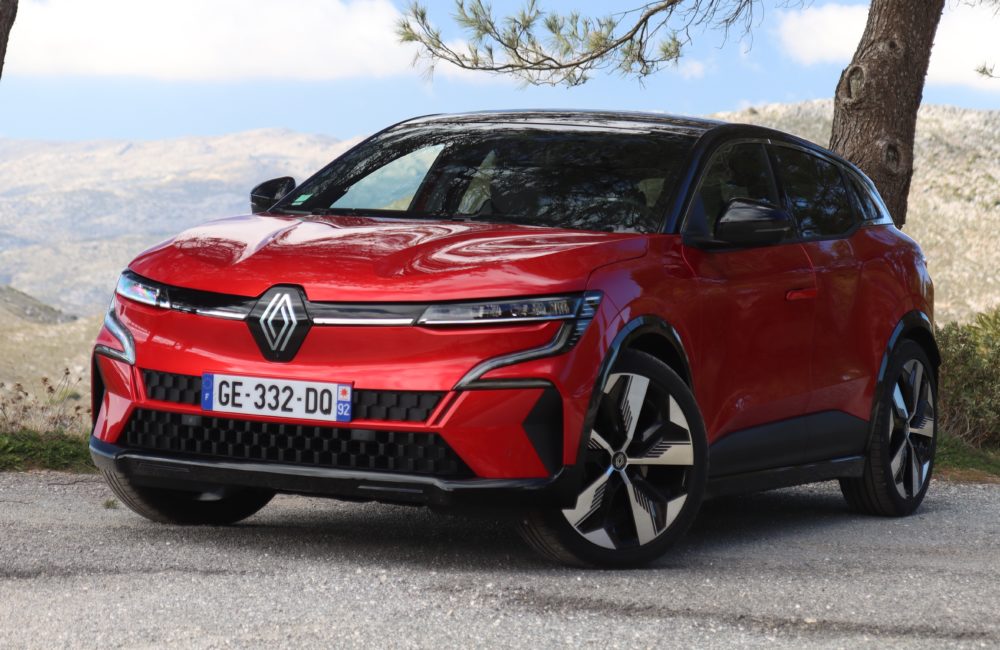

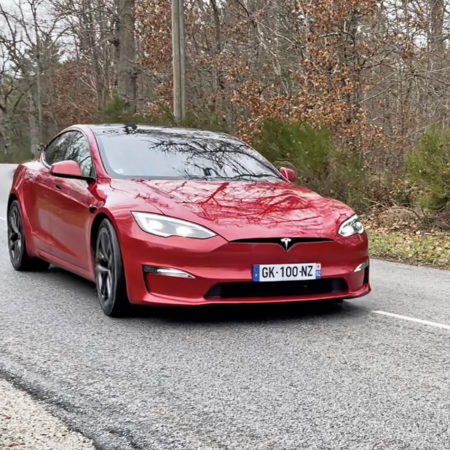
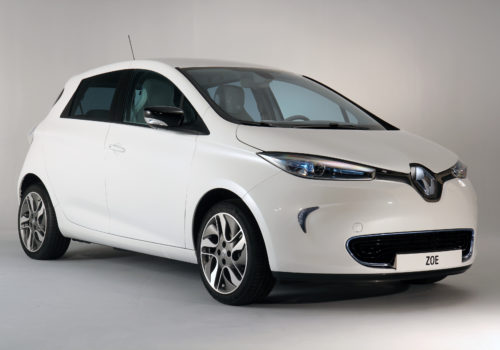
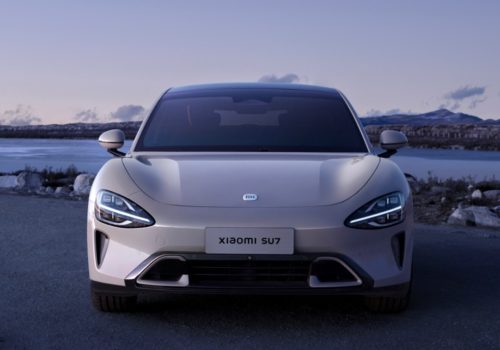
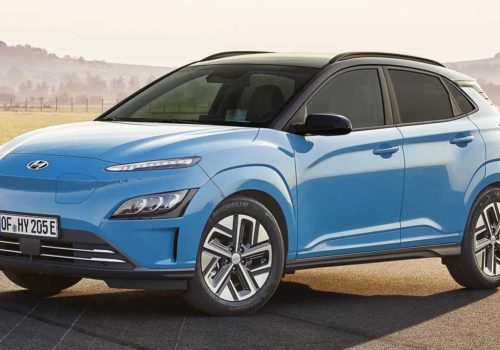

Leave a Reply